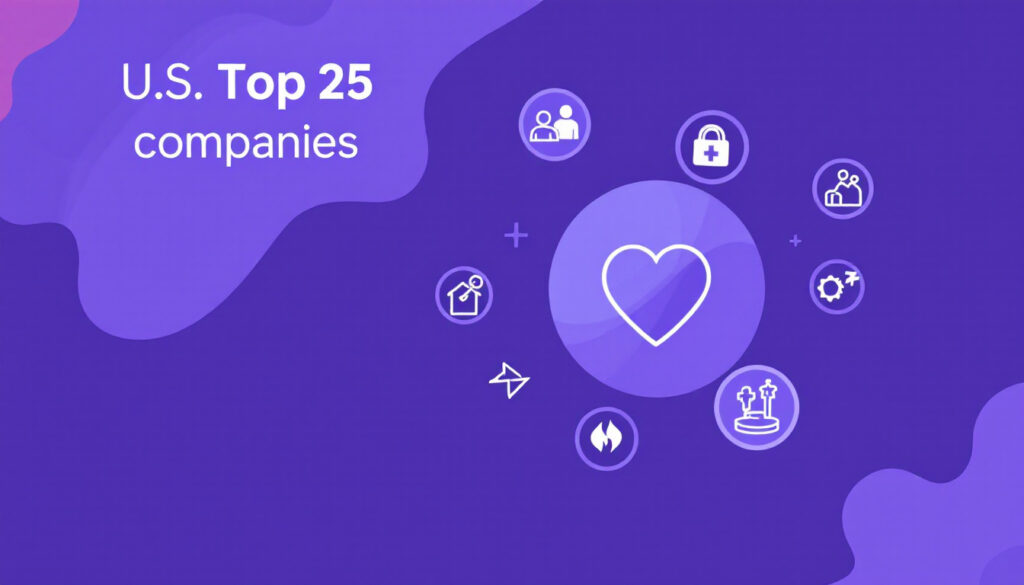The Role of AI Agents: Types, Risks, and Digital Operations Applications
Artificial Intelligence (AI) agents are transforming the way businesses automate processes and optimize operations. These systems, designed to interact intelligently with their environment, are increasingly integral to industries ranging from finance to logistics. This post explores the different types of AI agents, the complexities and risks of deploying them—whether in workflow automation tools like n8n or sectors like stock trading—and their pivotal role in digital operations orchestration. Understanding these aspects can help companies adopt AI responsibly while maximizing its potential. Understanding AI Agents Artificial Intelligence (AI) agents represent a significant advancement in how systems and software perform tasks autonomously. These agents are designed to perceive their environment, analyze data, and make informed decisions without constant human supervision. Their development has enabled automation across numerous industries, simplifying operations while maintaining accuracy and efficiency. Core Characteristics of AI Agents AI agents stand out due to several core features that define their functionality. These characteristics allow them to operate effectively across various environments and industries: By combining these capabilities, AI agents empower businesses to achieve greater efficiency while freeing human agents to focus on strategic, high-level tasks. Examples of AI Agents Across Industries AI agents have transitioned from being theoretical concepts to practical tools with real-world benefits. Here are examples of their utilization across key sectors: AI agents continue to gain traction across industries, proving their ability to adapt to and thrive in diverse environments. By reviewing their adoption and outcomes, it’s easy to see why they are central to the future of automation. Types of AI Agents Artificial Intelligence agents are classified based on their functionality and level of intelligence. Each category of AI agent demonstrates unique capabilities, allowing them to perform specific tasks or solve complex problems efficiently. Understanding the types of AI agents helps in selecting the right system for particular applications, ranging from reactive decision-making to adaptive learning. Reactive Agents Reactive agents function solely by responding to current inputs from the environment. They operate without memory or a learning system, making decisions based on predefined logic or rules. For example, these agents can perform straightforward tasks such as monitoring conditions or triggering alerts. Key characteristics of reactive agents include: A practical example of reactive AI can be seen in chatbots that provide automated responses based on user queries. For a more detailed overview of AI agents, you can explore this introduction to AI agents by IBM. Model-Based Agents Unlike reactive agents, model-based agents have a structural model of the world they operate in. This enables them to plan and execute more complex tasks by predicting the consequences of their actions. They rely on an internal understanding of their environment to make informed decisions. Why model-based agents stand out: For instance, these agents are often used in autonomous vehicles that must navigate through complex environments or unexpected obstacles. Model-based techniques offer enhanced safety and efficiency in such applications. Learning Agents Learning agents represent the most adaptive and sophisticated form of AI agents. By interacting with and learning from their environment, these agents improve their performance over time. They can identify patterns in vast datasets, adapt to new information, and refine their decision-making processes. Defining features of learning agents: For example, a learning agent might power a smart personal assistant that becomes more effective as it gathers data on user preferences. More details on learning agent functionalities can be reviewed in resources like Google Cloud’s explanation of AI agents. By understanding these classifications—reactive agents, model-based agents, and learning agents—organizations can better determine which AI systems align with their operational needs and goals. Risks in Deploying AI Agents Deploying AI agents brings exceptional opportunities but also comes with significant challenges and risks that businesses must meticulously address. From security vulnerabilities to ethical dilemmas and operational issues in critical industries like finance, understanding these risks is essential to ensure these intelligent systems function safely and effectively. Potential Security Threats AI-driven applications are particularly susceptible to cyber threats, including data breaches and hacking attempts. These vulnerabilities often stem from how AI models rely on datasets and interconnected systems to function optimally, creating multiple points of entry for bad actors. When deploying AI agents, unauthorized access to sensitive data is a major concern. A breached AI system could expose critical financial records, legal documentation, or customer details. Addressing these concerns requires implementing robust cybersecurity measures, such as encryption and frequent audits, to safeguard data integrity. Furthermore, hackers often target the models powering AI agents to introduce malicious behaviors or manipulate decision-making. For instance, attacks like adversarial inputs, where data is intentionally altered to deceive the model’s output, underline why businesses should constantly test and monitor their AI systems. Insights into these risks, as noted in Forbes Tech Council, highlight the pressing need for companies to anticipate and counteract these evolving threats. Bias and Ethical Concerns AI agents do not operate in isolation—they interpret and act based on the data they’re trained on. However, training datasets can often contain inherent biases, which inadvertently transfer to the AI models. This raises questions about the fairness and inclusivity of decisions made by these agents. Take, for example, hiring platforms utilizing AI agents to screen candidates. If the data used to train these systems is skewed towards specific demographics, it risks reinforcing stereotypes and excluding underrepresented groups. Ethical concerns like these are far-reaching, from healthcare discrepancies to discriminatory pricing algorithms. A lack of transparency further complicates these issues. For end-users, understanding the decision-making processes of AI agents remains a challenge, especially when operating in highly regulated industries like banking or healthcare. Companies must adopt ethical AI practices and invest in explainable AI technologies to mitigate these risks, as elaborated in Voxia AI’s blog on addressing AI challenges. Operational Risks in Stocks and Investments In sectors like finance, where AI agents are widely used in algorithmic trading and portfolio management, operational errors can have serious consequences. These agents operate at speeds and complexities far beyond human capability, which, while advantageous, also increases the risk of erroneous transactions or unforeseen






